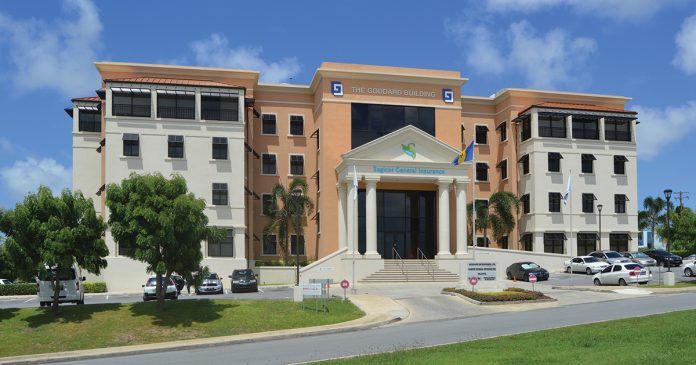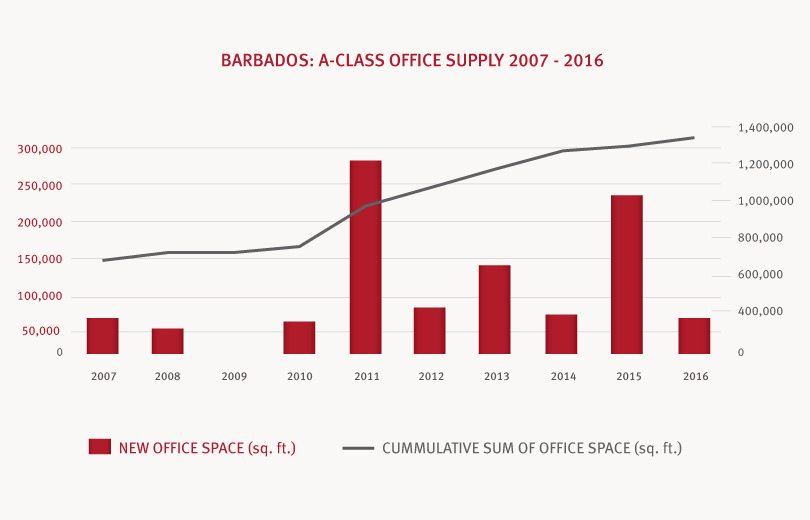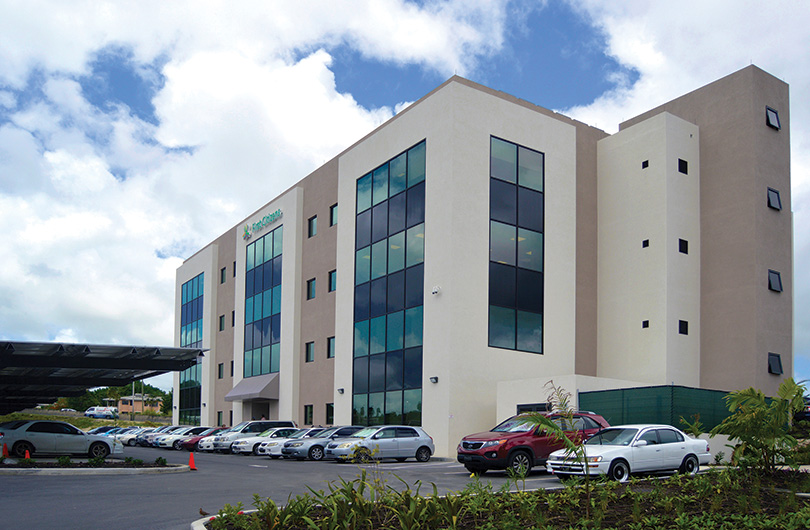
The Changing Landscape of Facility Management
An increase in the number and diversity of local business offerings, along with the steady growth in international corporations, has led to an increase in the demand for high quality office accommodation.
The result of this has been an evolution of today’s commercial building profile and an increase in multi-tenant facilities being developed, along with the traditional owner-occupied and single-tenant buildings. Figure 1 illustrates the quantity of A-Class office space added to the market over the last 10 years.

Building owners and tenants alike are keenly focused on the operational costs, and the various technologies that can be employed to control or reduce them – especially energy saving and water conservation practices.
Recently constructed office facilities have been aligning with ‘greening’ carbon reduction technologies including; double glazed windows, photovoltaic panels and occupancy sensor systems coupled with LED lighting.
Improved technology opened the door for building management systems (BMS), which have become a common accessory in most of these buildings. BMS link all equipment to a central reporting /alerting mechanism, enabling a faster response and rectification of issues by management and the various service providers.
Owners seeking to attract A-Class tenants have their new buildings equipped with systems to attract reduced energy costs, through occupancy sensor systems with LED lights, variable refrigerant flow (VRF) air-condition systems, photovoltaic panels and double glazed glass panels and windows. Additionally, the use of hurricane resistant glass, with generators for back-up power, potable water storage systems, and wastewater treatment plants are now the norm.
Since 2006, landlords of multi-tenanted facilities have opted to fully outsource their FM service, making it easier for them to acquire tenants through the assurance of a well-maintained facility

Pre-2000, the management of A-Class commercial office facilities had largely been handled in-house, and the facility management (FM) responsibilities often scattered across several departments within the organization. Many of these organizations lacked the ability to identify and recruit the requisite skill-level and experience required to oversee their facilities. This scenario still exists in a number of large institutions, with individuals holding various positions – from Maintenance Manager, Building Supervisor and Property Manager, to Facilities Administrator – handling aspects of the FM portfolio.
With the new complexity of systems used, and higher user expectations, FM should be treated as a ‘business activity’ to ensure a successfully operating facility and an increased level of professionalism.
Since 2006, landlords of multi-tenanted facilities have opted to fully outsource their FM service, making it easier for them to acquire tenants through the assurance of a well-maintained facility by a dedicated independent professional resource.
Outsourcing this service also relieves landlords from involvement in lease management, tenant issues, management of maintenance staff or sub-contractors, general day-to-day facility operational activities, as well as the accounting process for the operation of the property.
Recognizing the importance of FM, in July 2016, and in acknowledgement of World FM Day, there was a meeting in Barbados of Facility Management professionals drawn from throughout the southern Caribbean. Representatives from international bodies such as International Facility Management Association (IFMA), British Institute of Facilities Management (BIFM) Royal Institute of Chartered Surveyors (RICS) also attended.
There are compelling reasons for organizations to consider outsourcing their FM function. Apart from the obvious level of professionalism, outsourcing the FM function can also have a positive effect on productivity within the organization, as the work environment will be enhanced when facility concerns are addressed in a timely and effective manner. This allows the organizations to focus on their core business activities and not be distracted by the facility’s operations.




